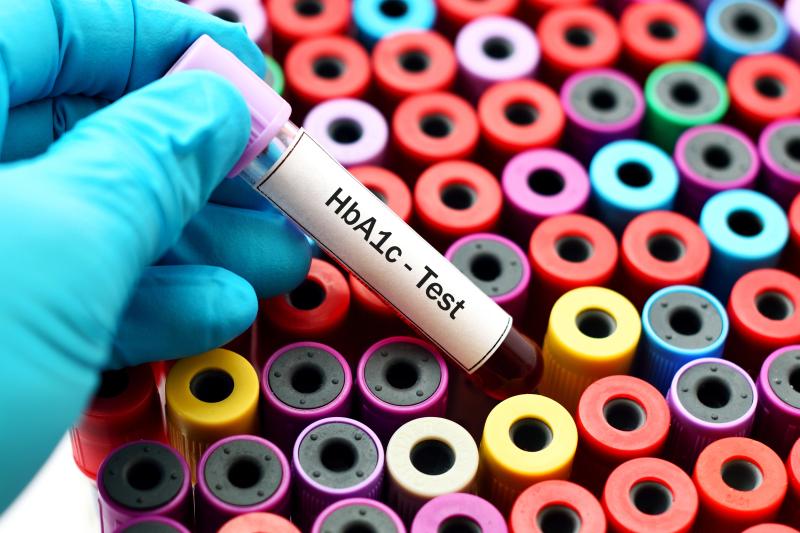
A new study has found that dapagliflozin therapy increases erythropoiesis and haematocrit by suppressing hepcidin and modulating other iron regulatory proteins.
Fifty-two obese patients with type 2 diabetes (T2D) were included in this prospective, randomized and placebo-controlled study at a single endocrinology centre. Patients were randomly assigned to receive either dapagliflozin 10 mg daily or placebo for 12 weeks. The investigators collected blood samples before and after treatment and prepared serum, plasma and mononuclear cells (MNC).
Treatment with dapagliflozin resulted in a significant decrease in HbA1c and a significant increase in haemoglobin concentration and haematocrit. Circulating hepcidin and ferritin concentrations significantly decreased with dapagliflozin treatment, while levels of the hepcidin inhibitor, erythroferrone, increased; a transient increase in erythropoietin occurred as well.
Dapagliflozin also increased plasma transferrin levels and expression of transferrin receptors 1 and 2 in MNC. No change was observed in the expression of the iron cellular transporter, ferroportin.
In addition, dapagliflozin treatment led to a reduction in hypoxia-induced factor-1α expression in MNC and a heightened expression of its inhibitor, prolyl hydroxylase-2.
In the placebo group, no significant changes were seen in any of these indices.
“Dapagliflozin and other SGLT2 inhibitors are known to increase haematocrit, possibly due to its diuretic effects and haemoconcentration,” the investigators said.
T2D is a proinflammatory state and hepcidin, which is a known suppressor of erythropoiesis, is elevated in proinflammatory states, they added.